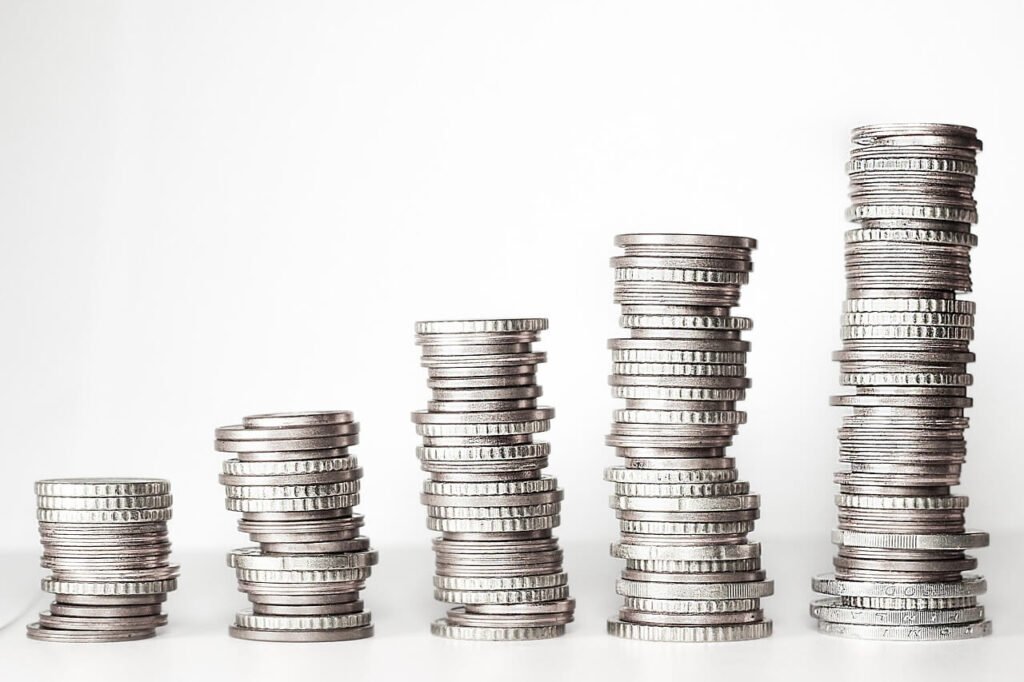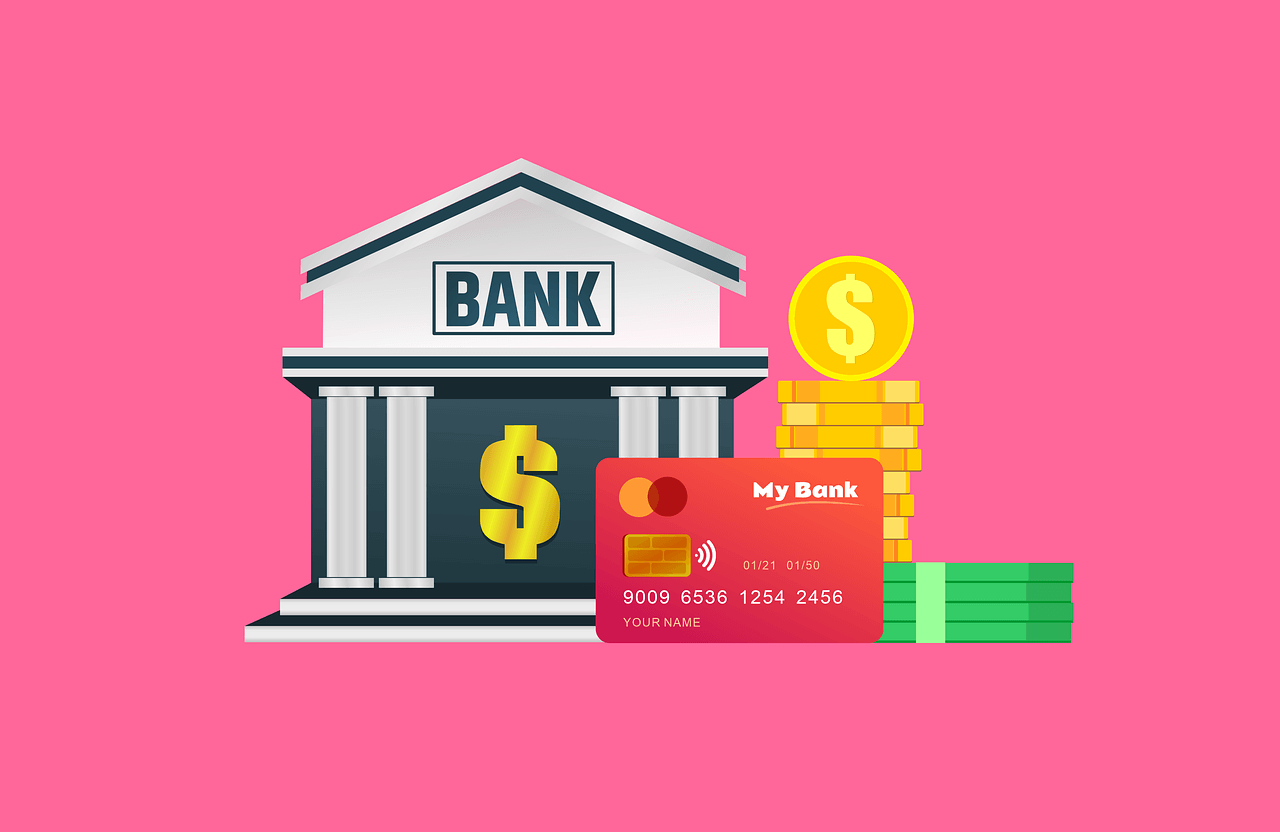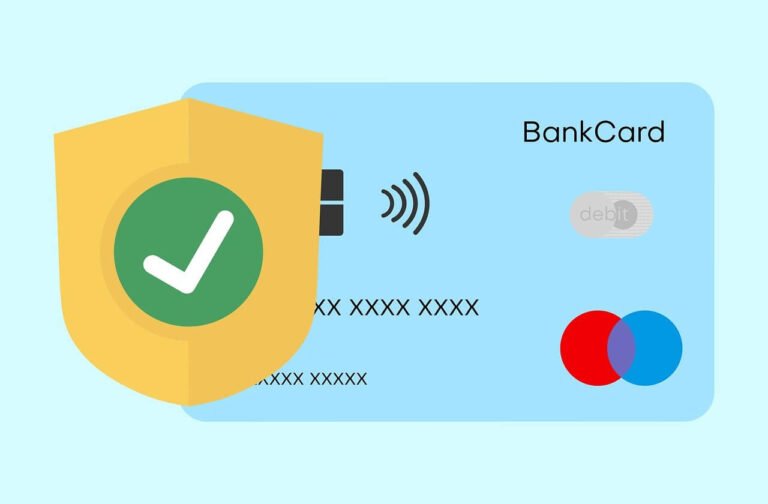You’ve been doing some research on where to park your savings, and two options keep coming up: high yield savings accounts and money market accounts.
They sound somewhat alike, don’t they? Both protect your money and provide higher interest rates than standard savings accounts. What is the real difference, and is it really that important which one you choose?
In fact, these two accounts are more alike than different, but depending on your financial goals, the distinctions may matter. Let’s examine their differences so you can determine which one best suits your requirements.

What Is a High Yield Savings Account?
A high yield savings account is exactly what it sounds like: a savings account that pays you significantly more interest than traditional savings accounts at big banks. Right now, in 2025, the best high yield savings accounts are offering around 4.35% APY, while regular savings accounts might only pay 0.01% to 0.50%.
These accounts come mostly from online banks that skip the expensive branch networks. You manage everything through apps and websites, which keeps their costs down and lets them pass the savings to you through higher rates. Your money stays completely safe with FDIC insurance covering up to $250,000 per depositor, just like any other bank account.
What Is a Money Market Account?
Money market accounts (MMAs) are also savings vehicles that typically offer competitive interest rates. They’re available from both traditional banks and online banks. As of 2025, the best money market accounts are paying around 4.40% APY, which is very close to high yield savings rates.
The name “money market account” sometimes confuses people because there’s also something called a “money market fund,” which is completely different. We’re talking about money market accounts here, bank accounts with FDIC insurance, not investment products.
Interest Rates: Nearly Identical
Here’s something that might surprise you: the interest rates between high yield savings accounts and money market accounts are nearly the same right now. Both types of accounts respond quickly to Federal Reserve rate changes, so they tend to move together.
According to recent data, high yield savings accounts top out around 4.30% while money market accounts are around 4.32%. That’s barely any difference. Some high yield savings accounts beat some money market accounts, and vice versa.
The rate difference between these two account types matters way less than finding the specific account with the best rate, regardless of which category it falls into.
Access to Your Money: The Big Difference
This is where things get interesting. Money market accounts typically come with checks and a debit card that links directly to the account. You can write checks to pay bills or swipe your debit card at stores using money directly from your MMA.
High yield savings accounts rarely offer these features. Most don’t give you checks or debit cards. To access your money, you need to transfer it to your checking account first, which usually takes one to three business days. This delay isn’t necessarily bad—it can actually help you avoid dipping into savings for impulse purchases.
Minimum Balance Requirements
Here’s where money market accounts often have a disadvantage. Many money market accounts require higher minimum balances than high yield savings accounts, often at least $2,500, though this varies by institution. Some require $5,000, $10,000, or even $25,000 to open or maintain the account.
High yield savings accounts tend to be more flexible. Many let you open an account with $1 or even $0 and don’t require you to maintain any minimum balance. This makes them more accessible if you’re just starting to save or don’t have thousands of dollars to deposit right away.
Monthly Fees and Charges
Traditional money market accounts at brick-and-mortar banks often charge monthly maintenance fees if your balance drops below the minimum. If your balance falls below the required minimum, you could owe a monthly maintenance fee. These fees typically range from $10 to $25 per month, which can seriously eat into your interest earnings.
High yield savings accounts usually skip monthly fees altogether. Online banks offering these accounts compete primarily on rates and low fees, so most charge nothing for monthly maintenance. This makes them cheaper to maintain, especially if your balance fluctuates.
Transaction Limits
Both types of accounts used to have federal limits on certain transactions—you could only make six withdrawals or transfers per month before facing penalties. That regulation (Regulation D) was suspended in 2020, giving you more flexibility.
However, some banks still enforce their own transaction limits even though they’re not federally required. Check your specific bank’s policies. Some money market accounts and high yield savings accounts still limit you to six to ten transactions monthly, while others have removed limits completely.
How You Can Use Each Account
The features of each account type make them better suited for different purposes. Money market accounts work well when you want some access to your money through checks and debit cards but still want to earn decent interest. They’re good for money you might need semi-regularly.
High yield savings accounts shine for money you definitely want to save and not touch frequently. The lack of checks and debit cards creates a helpful barrier that keeps you from spending. They’re ideal for emergency funds, house down payments, or other specific savings goals where you want your money to grow without temptation to spend it.
Interest Calculation and Compounding
Both account types calculate interest similarly. Most compound interest daily, which means you earn interest on your principal plus any interest you’ve already accumulated. The bank typically pays out this interest monthly.
The compounding frequency and calculation method are essentially identical between the two. Your earnings depend on your balance, the interest rate, and how long you keep money in the account. Neither type has an advantage here, it all comes down to which specific account offers the best rate.
Opening Requirements and Process
Opening a high yield savings account typically happens entirely online. You fill out an application, upload ID photos, link your existing bank account, and you’re done in about 10 to 15 minutes. The whole process is digital and quick.
Money market accounts work similarly if you open them at online banks, but if you choose a traditional bank, you might need to visit a branch. Some money market accounts require more documentation or have more complex application processes, especially those requiring large minimum deposits.
Safety and Insurance
Both account types offer equal safety. When you bank with FDIC-insured institutions, your deposits are protected up to $250,000 per depositor, per bank. This applies to both high yield savings accounts and money market accounts.
Don’t confuse money market accounts (bank accounts with FDIC insurance) with money market funds (investment products without FDIC insurance). Money market funds are not FDIC-insured, though they’re still considered low-risk investments. We’re talking about money market accounts here, which have the same protection as savings accounts.
Tax Treatment
The IRS treats interest from both account types identically. Any interest you earn is taxable as ordinary income. The bank will send you a 1099-INT form if you earn more than $10 in interest during the year.
There’s no tax advantage to choosing one over the other. Both increase your taxable income by whatever amount you earn in interest. Plan accordingly so you’re not surprised at tax time, especially since higher rates mean you’ll earn more taxable interest.
Comparing Side by Side
Let’s put the main differences in perspective. Interest rates are nearly identical—both around 4.30% to 4.40% APY as of October 2025. Money market accounts offer checks and debit cards; high yield savings accounts usually don’t.
Minimum balances are typically higher for money market accounts, often $2,500 or more, while high yield savings accounts often have no minimum. Monthly fees are more common with money market accounts, especially at traditional banks, while high yield savings accounts typically charge nothing. Both offer FDIC insurance and similar compounding methods.
Which Earns More Money?
Here’s the bottom line: the earnings difference between the two is minimal. If you put $10,000 in a high yield savings account at 4.35% versus a money market account at 4.40%, the difference after a year is about $5.
Over time, both accounts will see their rates adjust based on Federal Reserve decisions. Since rates are so close and both respond similarly to economic conditions, neither type consistently outperforms the other. Pick based on features and convenience, not earnings potential.
When to Choose a High Yield Savings Account
Go with a high yield savings account if you’re building an emergency fund and want to reduce temptation to spend. Choose it if you’re saving for a specific goal and don’t need regular access to the money. Pick it if you want to avoid minimum balance requirements or monthly fees.
High yield savings accounts work great when you value simplicity, want the highest possible rate without minimum requirements, and prefer the forced delay of transferring money before spending it. They’re ideal for disciplined savers who won’t need frequent access to their funds.
When to Choose a Money Market Account
Consider a money market account if you want check-writing ability or a debit card linked to your savings. Choose it if you maintain large balances that easily exceed minimum requirements. Pick it if you prefer banking at a traditional institution with physical branches.
Money market accounts make sense when you want easier access to your savings while still earning good interest. They work well for people who keep substantial balances and value the flexibility of checks and cards without dropping their money into a regular checking account.
Can You Have Both?
Nothing stops you from having both types of accounts. Some people use a high yield savings account for their main emergency fund while keeping a money market account for more flexible savings they might need to access with checks or a debit card.
This approach lets you maximize interest on money you definitely want to save while maintaining easy access to other funds. Just make sure you’re not spreading your money so thin that you can’t meet minimum balance requirements or that managing multiple accounts becomes annoying.
The Hybrid Approach
Many smart savers use a three-account system: a regular checking account for daily expenses and bills, a high yield savings account for their emergency fund and long-term savings, and possibly a money market account for mid-term goals that need occasional access.
This setup gives you quick access to spending money, great interest on long-term savings, and flexible access to medium-term funds. It takes a few extra minutes to manage multiple accounts, but the benefits usually outweigh the minor inconvenience.
How to Decide
Think about your actual needs. Do you need to write checks from your savings? Do you have enough money to meet higher minimum balances? How often will you need to access these funds? Are you comfortable with online-only banking?
Answer these questions honestly. If you value convenience features like checks and don’t mind higher minimums, a money market account works. If you want simplicity, no minimums, and don’t need frequent access, a high yield savings account is probably better. The interest rate difference is too small to be the deciding factor.
Final Thoughts
The differences between high yield savings accounts and money market accounts are smaller than many people think. Interest rates are nearly identical in October 2025, both offer FDIC insurance, and both help your money grow faster than traditional savings accounts.
The real differences come down to access features, minimum balances, and fees. Money market accounts give you more ways to access your money but often require higher balances and charge more fees. High yield savings accounts offer simplicity and accessibility for smaller savers but limit how you can spend the money.
Neither option is objectively better, it depends on your personal situation. Focus on finding an account with a competitive rate, low or no fees, minimum requirements you can meet, and features that match how you actually plan to use the money. Whether it’s called a high yield savings account or a money market account matters less than choosing the right fit for your financial goals.



